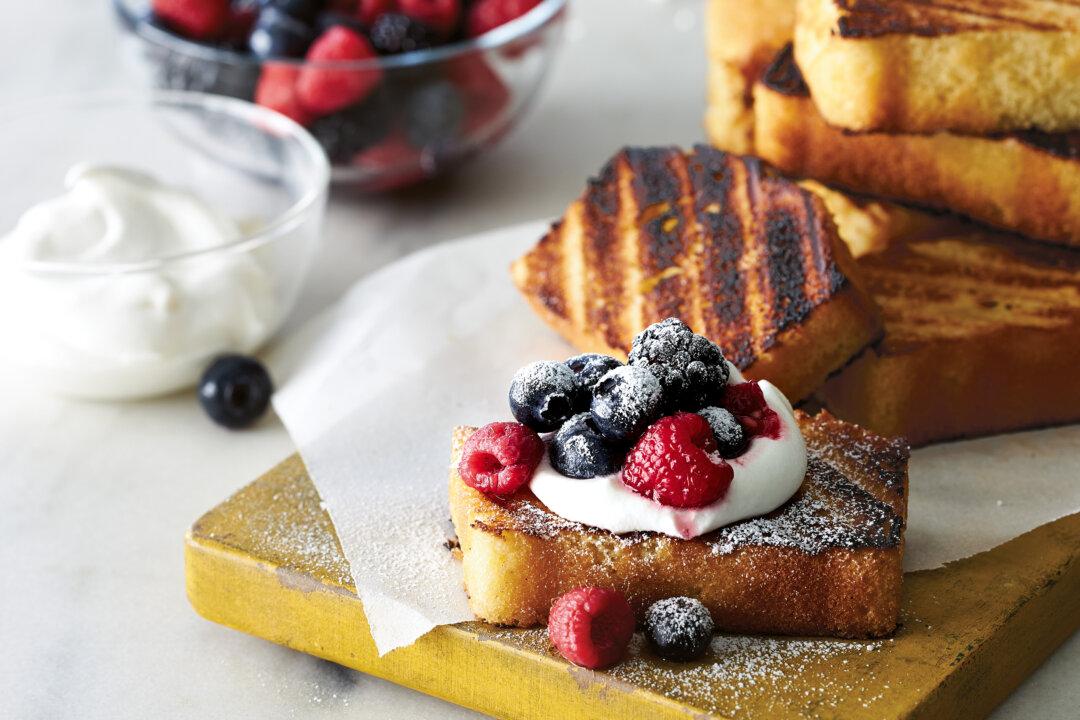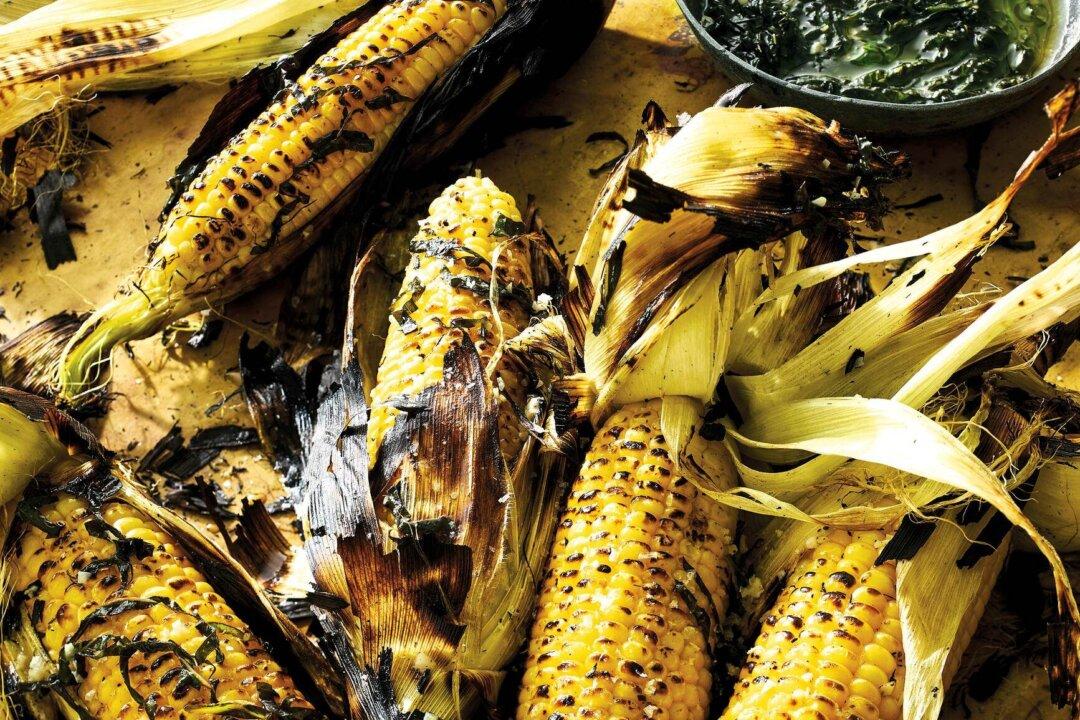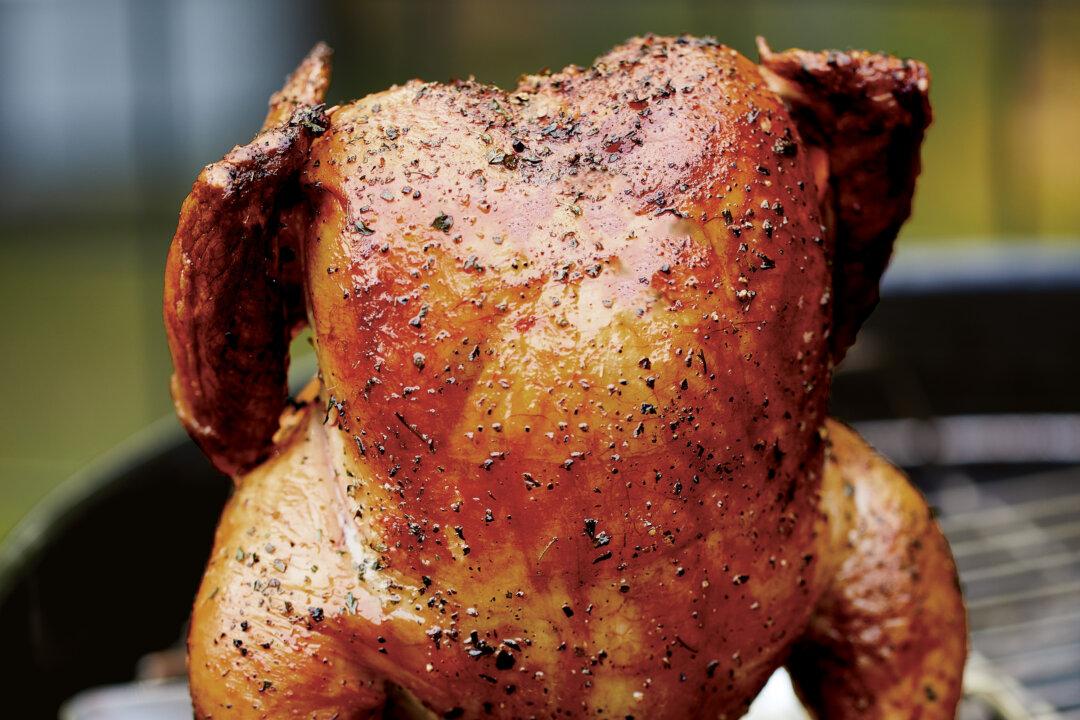I’ve said it before; I’ll say it again: Brisket is simultaneously the easiest and most difficult meat there is to barbecue.
Easy, because all you do is season it with salt and pepper and smoke it low and slow until it’s tender enough to cut with the side of a fork. Difficult, because every brisket is different and there are dozens of variables—and if you don’t get them right, your rich, luscious, meltingly tender slab of meat may come out more like beefy shoe leather.





